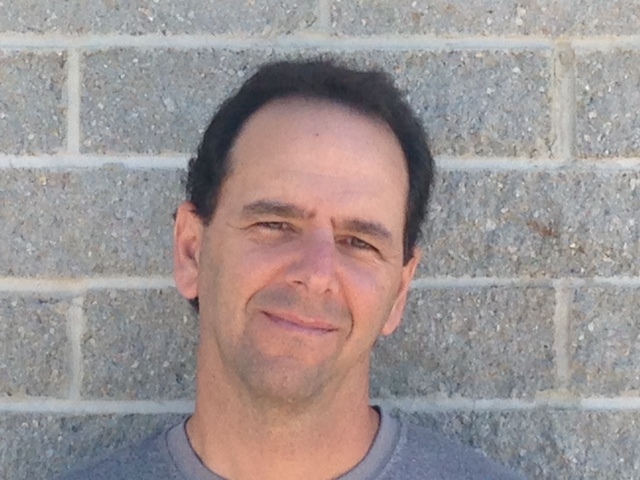To people not fortunate enough to live in this great state, Idaho is a sparsely populated expanse of rugged mountains and open space as far as the eye can see. Scattered throughout this varied landscape are a diverse collection of rural towns – many of which had their origins in the 1800s. Founded by mining, logging, ranching and farming interests, these communities have remained relatively unchanged and continue to cling to a way of life that has been passed down for generations. It is through their dogged determination that much of our collective identity as Idahoans has been forged over the last century.
Unfortunately, many of these communities are in crisis, and nowhere is this more apparent than in public education.
Of the 115 school districts in Idaho, 108 of them have only one high school, which speaks to the rural nature of our state. In many towns, the schools are the hub of cultural and civic life, where people regularly gather for sporting events, political rallies, adult education and occasionally for memorial services for neighbors who have passed. Oftentimes, the school district is the single largest employer, and yet, many of these districts are struggling to stay afloat along with the communities that surround them.
Between 1990 and 2011, the rural population in Idaho dropped from 41 percent to 31 percent of the total population, with many families moving to cities to find work. The town of Salmon is a good example. In a generation, average graduating classes have gone from approximately 140 students to less than half of that. Many of the students that do graduate from high school and college in Idaho don’t stay. According to the Idaho Department of Labor, between 2008 and 2011, 7,800 25- to 29-year-olds moved out of Idaho, which represented the single largest group leaving. This outmigration of young people is devastating our rural communities.
Of course, there are much larger forces at work here. It is widely known that Idaho ranks at or near the bottom in several key categories related to public education, including: per pupil spending, high school graduation rates, college attendance rates, college completion rates, percentage of minimum-wage jobs, family and individual income levels and teen suicide. These are particularly crippling for our small towns that already suffer from chronic unemployment/underemployment, poor or non-existent health services, decaying infrastructure, and lack of affordable educational opportunities. Add to that the massive tax shift that has occurred in the form of local supplemental levies, and it is no wonder so many rural communities are struggling to survive.
What we need are elected leaders who truly understand the needs of rural communities and how their fate is so closely tied to the health of their local school districts. Dilapidated buildings, poorly outfitted classrooms and underpaid staff members who are spread way too thin is not a sustainable model of education. (I have several teachers who teach five or six different subjects every day.)
Many of the families that move to Idaho do so because they are attracted to the rural lifestyle our small communities offer, but they are not going to settle there at the expense of their children’s education. Rural students in Idaho City should be afforded the same educational opportunities as their peers in Boise – and our state constitution mandates it. It is time to elect leaders with vision and courage so that the rural communities our forebears worked so hard to create can remain vibrant for the benefit of all Idahoans – especially our children.
John McFarlane is the superintendent, secondary principal and science teacher for the Basin School District in Idaho City.

